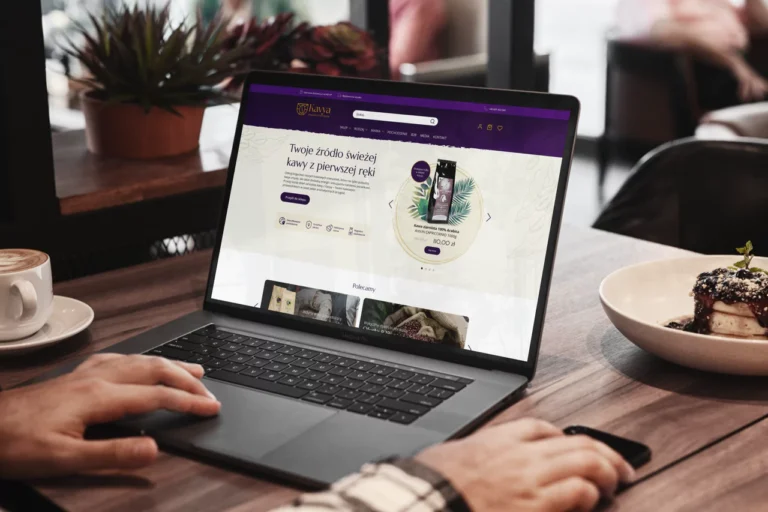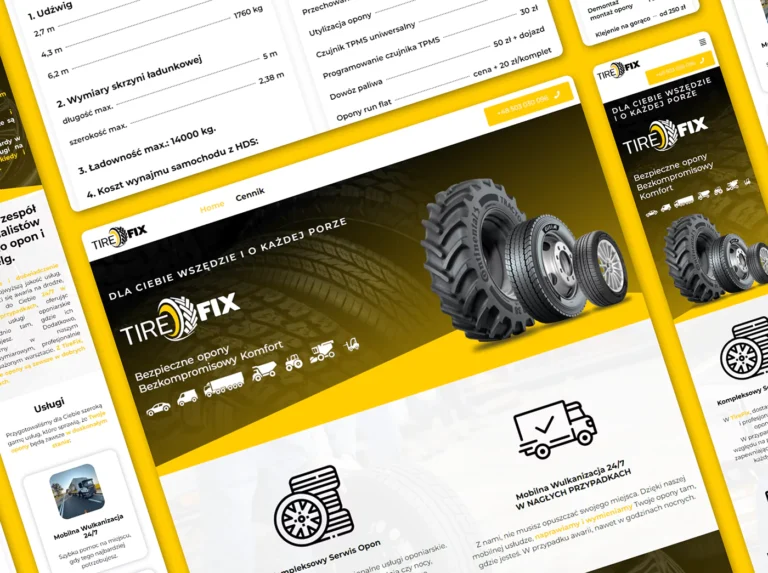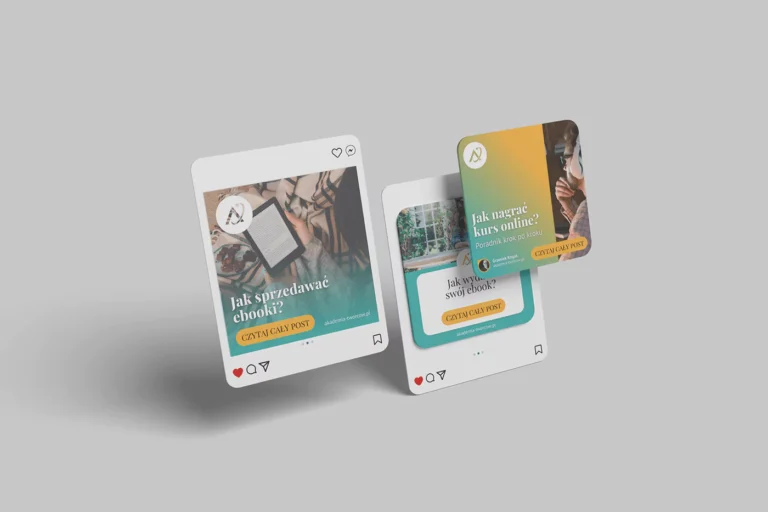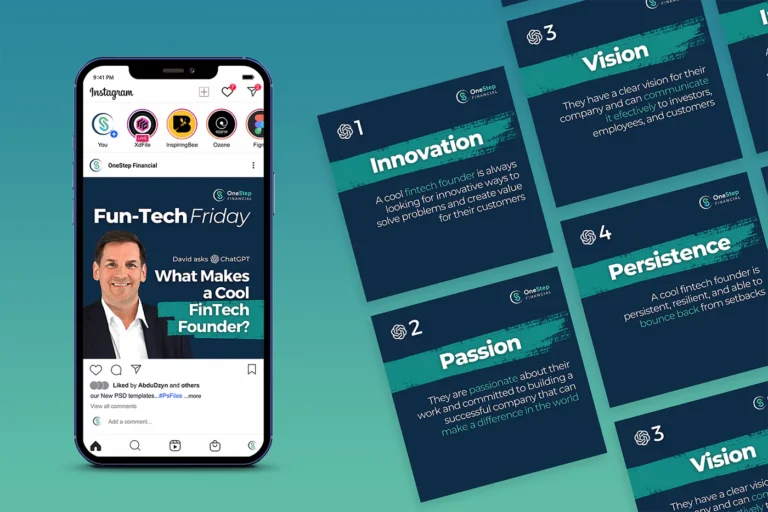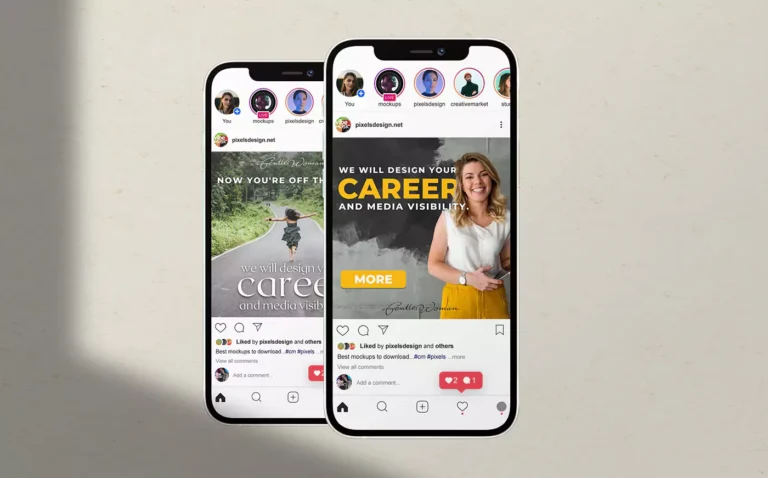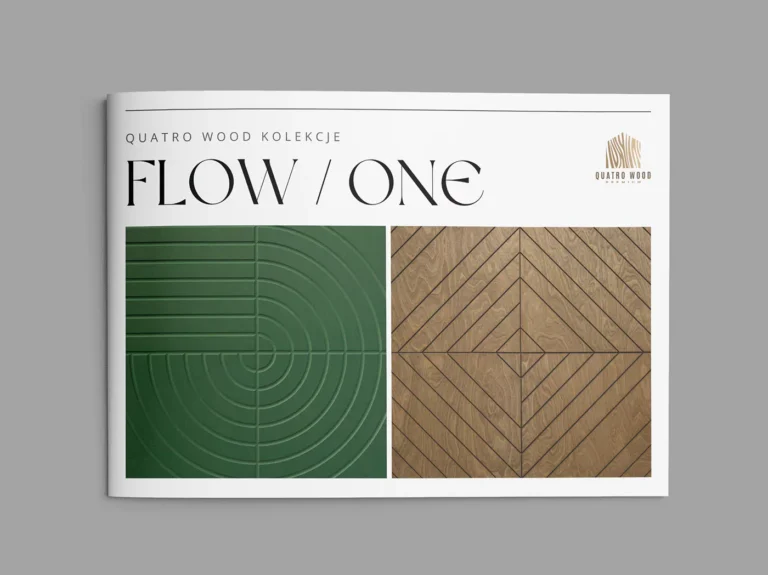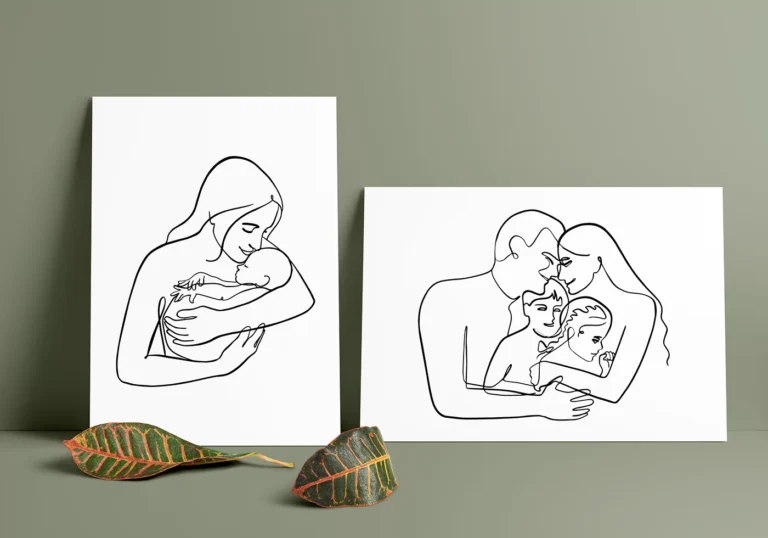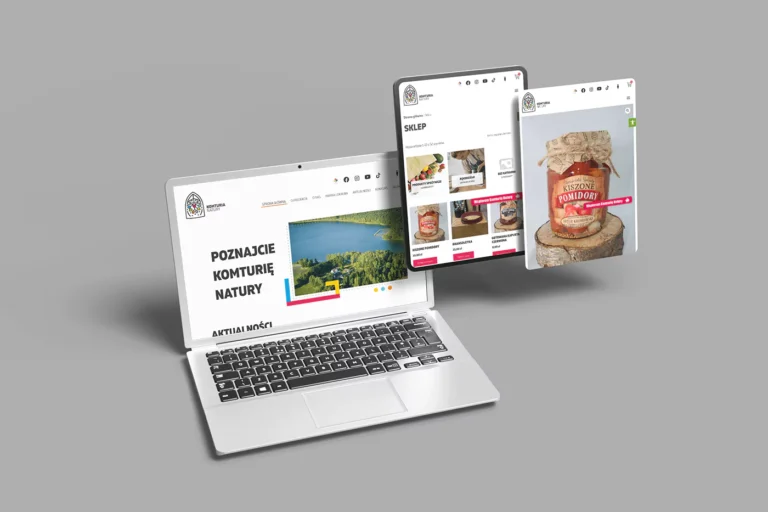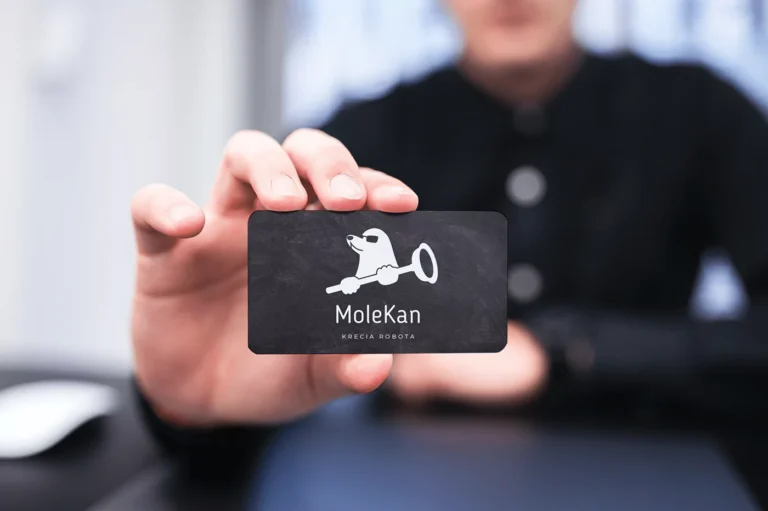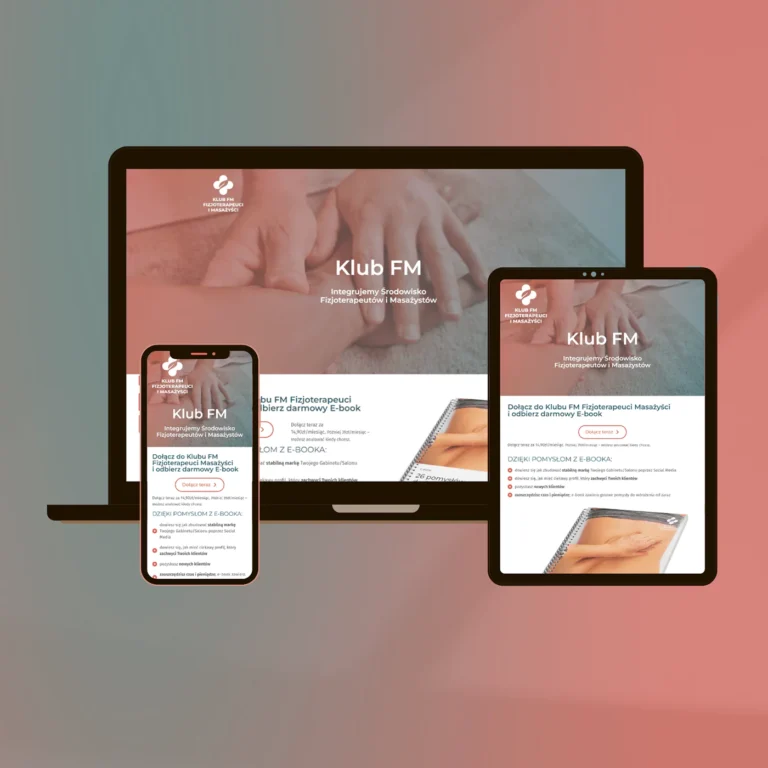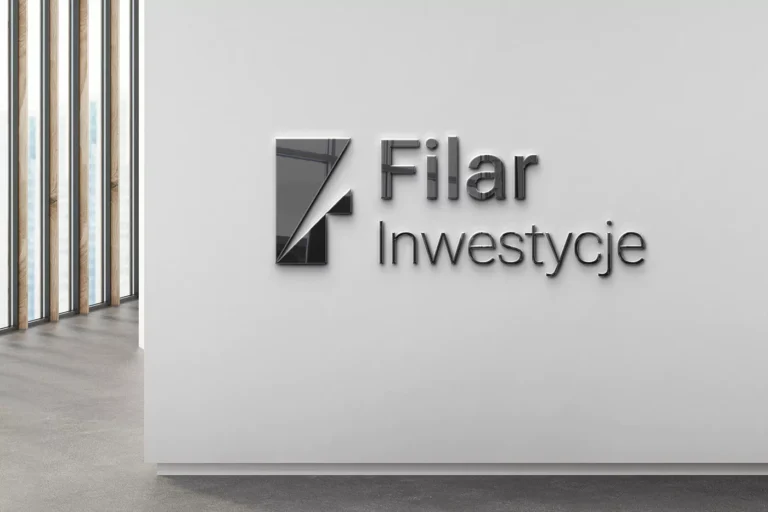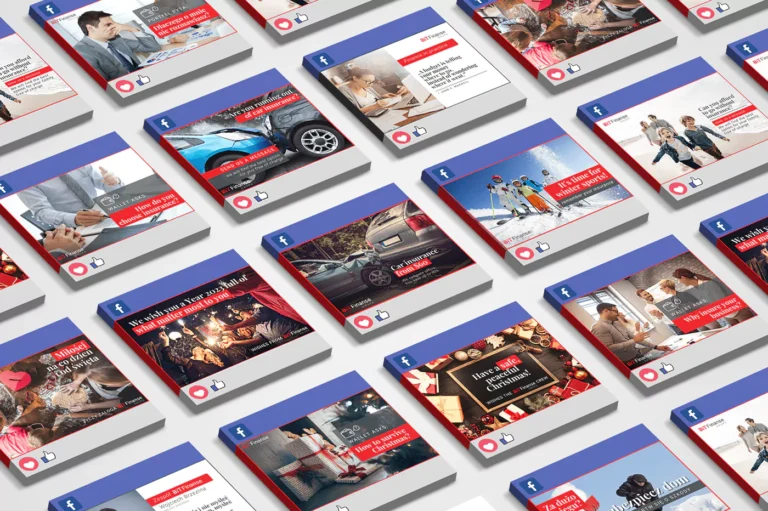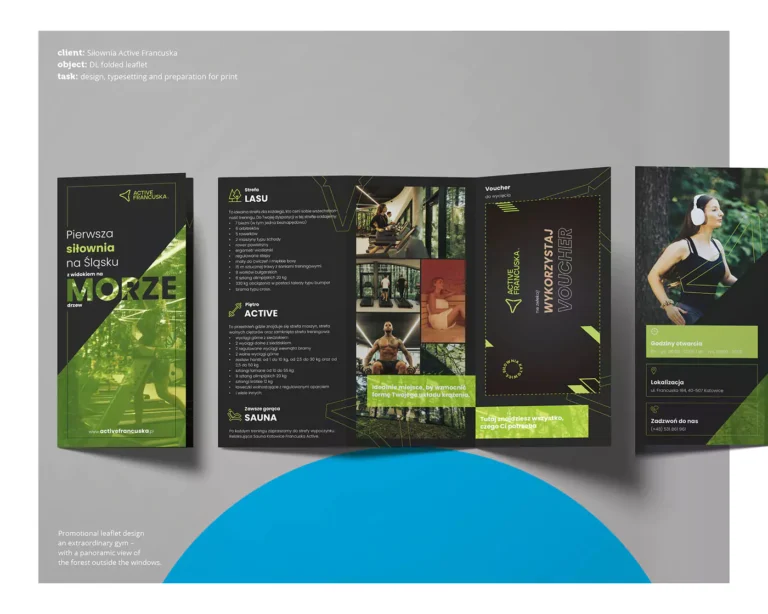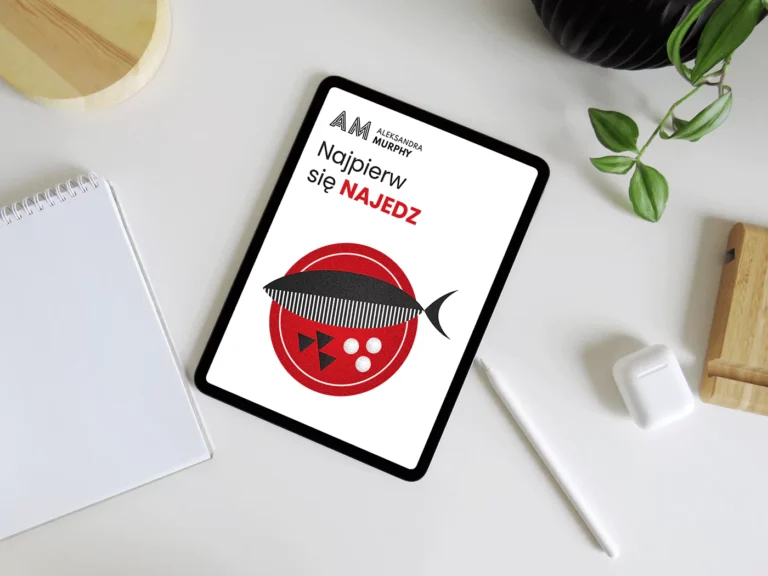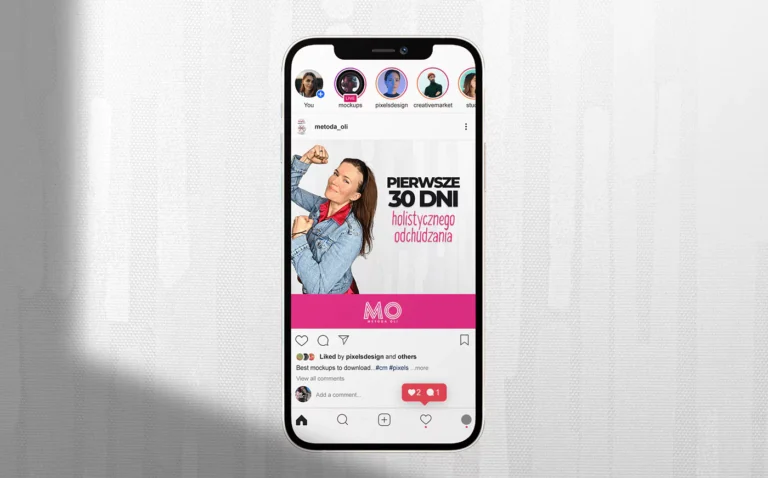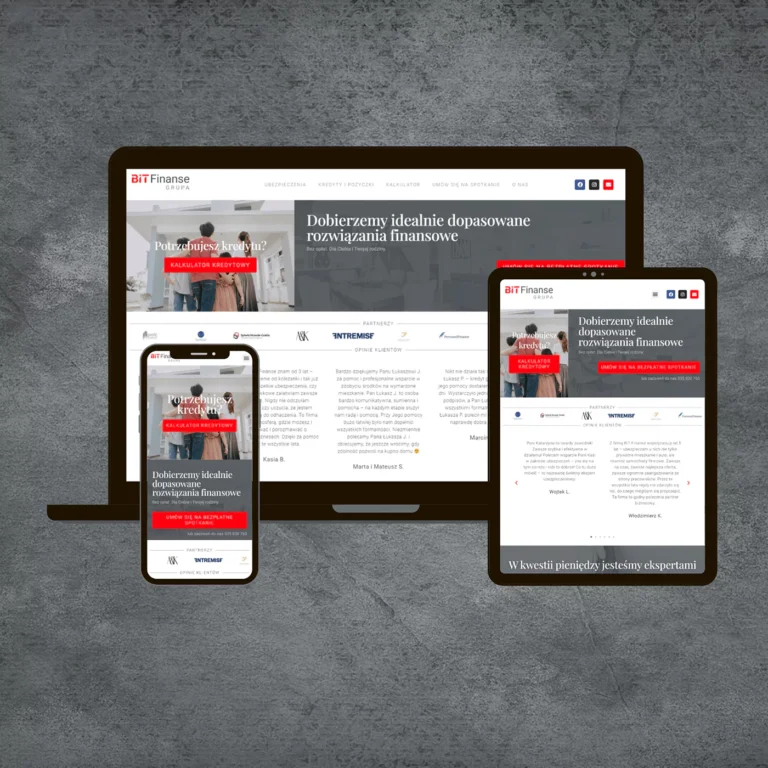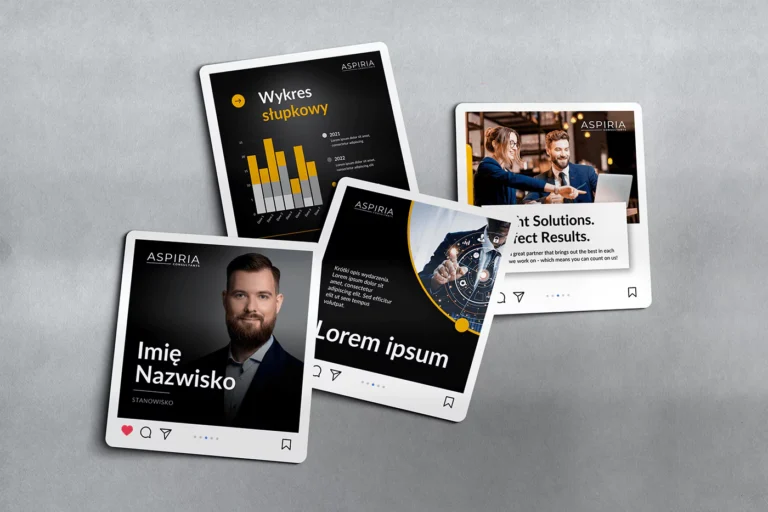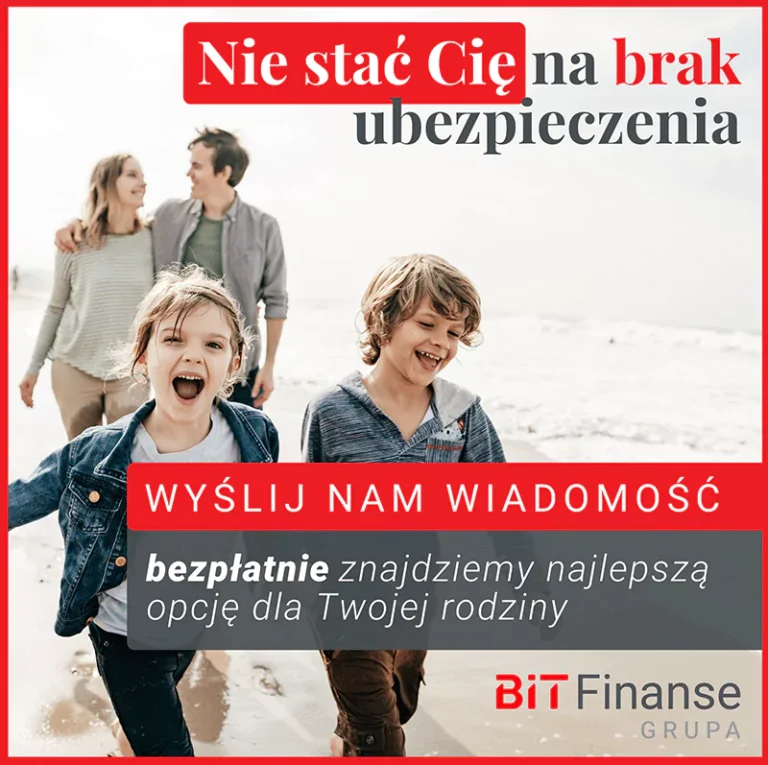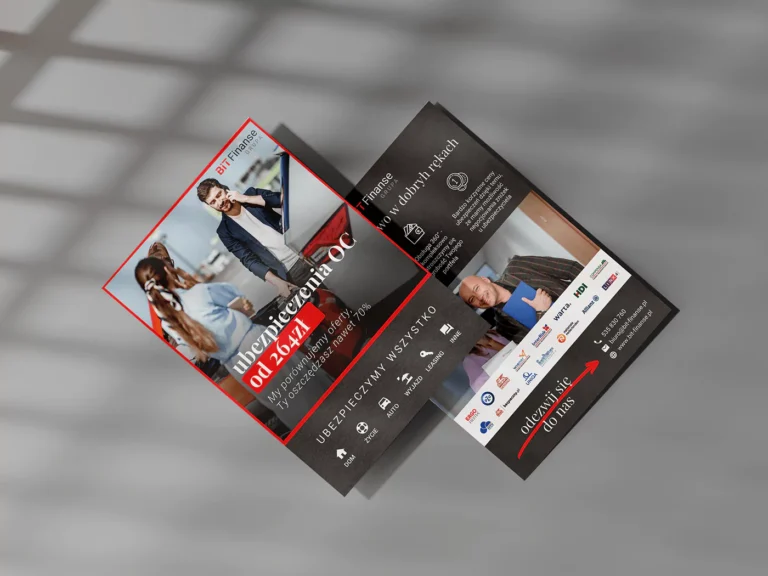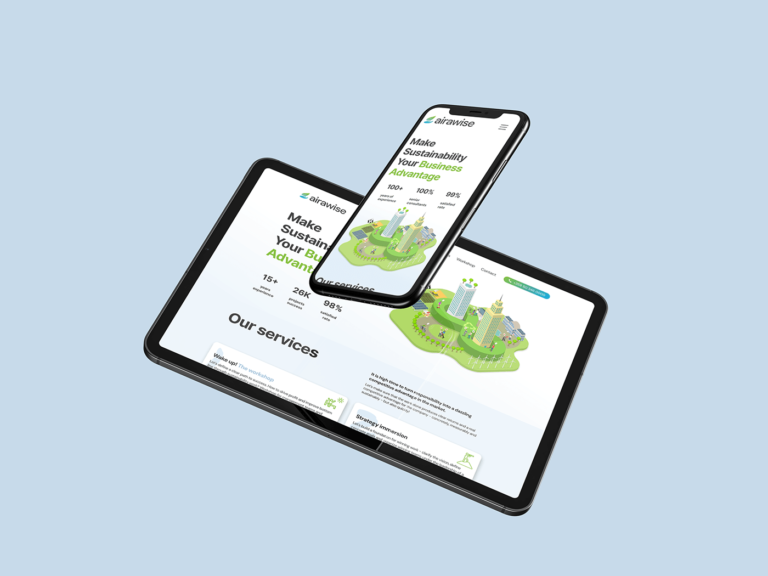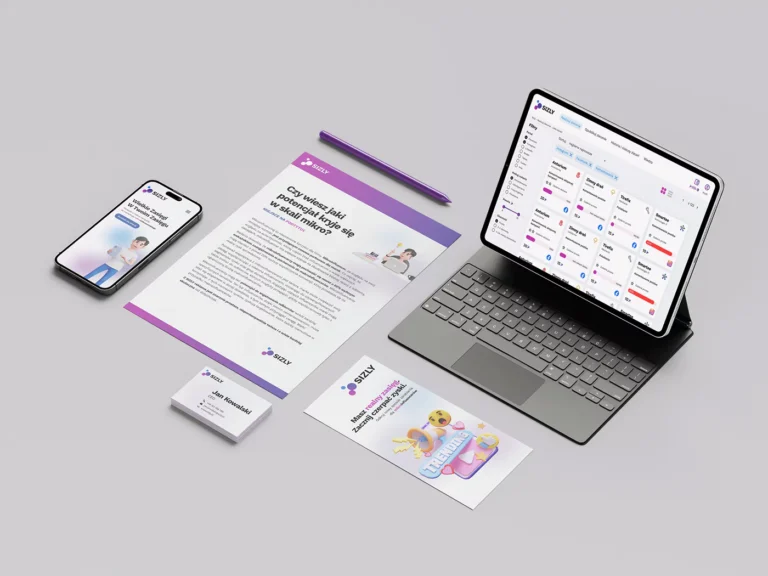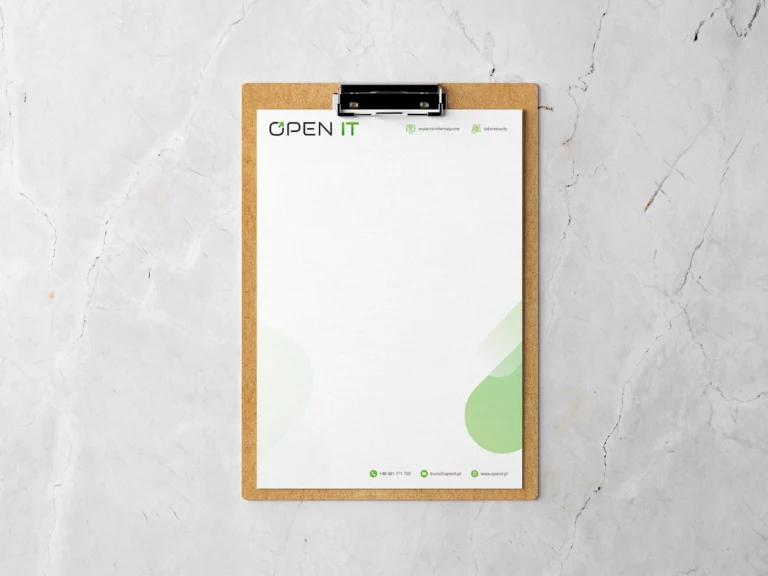Visual Identity: Crafting a Cohesive Brand Image
Visual identity encompasses all the visual elements that represent a brand, including logos, colors, typography, imagery, and overall design style. It is the visual manifestation of a brand's values, mission, and personality, creating a cohesive and recognizable image that resonates with the target audience.
The Importance of Visual Identity
- Brand Recognition: A strong visual identity helps in creating a memorable brand image. Consistent use of visual elements across all platforms ensures that the brand is easily recognizable, fostering brand loyalty and trust.
- Differentiation: In a crowded market, a distinctive visual identity sets a brand apart from its competitors. Unique visual elements help communicate the brand's unique selling points and personality.
- Professionalism and Credibility: A well-designed visual identity conveys professionalism and reliability. It helps establish credibility and builds trust with customers and stakeholders.
- Emotional Connection: Visual elements like colors and imagery can evoke emotions and create a deeper connection with the audience. A compelling visual identity can influence how people feel about the brand and their decision-making process.
Key Components of Visual Identity
- Logo: The logo is the cornerstone of a visual identity. It should be distinctive, versatile, and reflective of the brand's essence. A well-designed logo is easily recognizable and adaptable to various contexts.
- Color Palette: Colors play a crucial role in conveying the brand's personality and emotions. A consistent color palette helps in creating a unified look across all brand materials and can influence audience perception.
- Typography: Typography includes the fonts and text styles used in all brand communications. Consistent typography enhances readability and contributes to a cohesive brand image.
- Imagery and Graphics: The style of images, illustrations, and graphics should align with the brand’s identity. Consistent use of visual elements helps in maintaining a unified brand appearance.
- Design Style: The overall design style, including layout, patterns, and visual elements, should be cohesive across all brand materials. This includes digital platforms, print media, packaging, and advertising.
- Brand Guidelines: A comprehensive brand guidelines document outlines the rules and standards for using visual elements. It ensures consistency and helps maintain the integrity of the brand's visual identity.
Benefits of a Strong Visual Identity
- Increased Brand Loyalty: A cohesive and recognizable visual identity builds trust and loyalty among customers, encouraging repeat business and long-term relationships.
- Effective Communication: Clear and consistent visual elements help in effectively communicating the brand’s message, values, and personality to the audience.
- Enhanced Marketing Efforts: A strong visual identity makes marketing campaigns more impactful and memorable. Consistent visuals across different channels reinforce the brand message and increase brand recall.
- Higher Perceived Value: A professional and well-crafted visual identity can enhance the perceived value of the brand, allowing it to command higher prices and attract premium customers.
Steps to Develop a Visual Identity
- Understand the Brand: Start with a deep understanding of the brand’s mission, values, target audience, and unique selling points. This forms the foundation of the visual identity.
- Define Visual Elements: Develop the key visual elements, including the logo, color palette, typography, and imagery. Ensure these elements reflect the brand’s personality and values.
- Create Brand Guidelines: Document the visual identity in comprehensive brand guidelines. Include specifications for logo usage, color codes, font styles, imagery, and overall design principles.
- Implement Consistently: Apply the visual identity consistently across all brand touchpoints, from digital platforms to print materials. Ensure all stakeholders adhere to the brand guidelines.
- Review and Evolve: Regularly review the visual identity to ensure it remains relevant and effective. Be open to evolving the visual elements to keep up with changing trends and market dynamics.
Investing in a strong visual identity is crucial for building a successful and enduring brand. It not only enhances brand recognition and loyalty but also communicates the brand’s values and personality effectively, creating a lasting impression on the audience.



